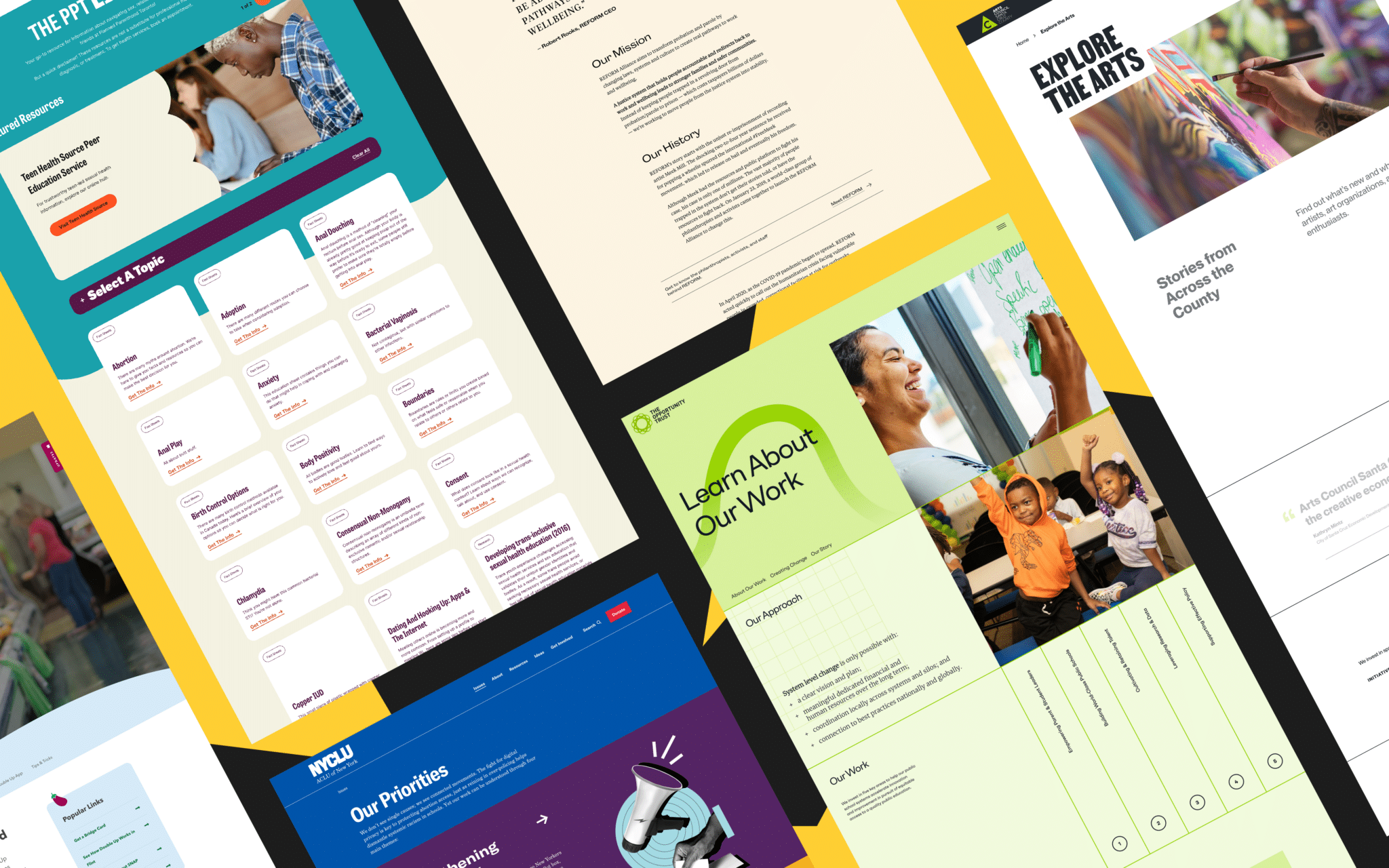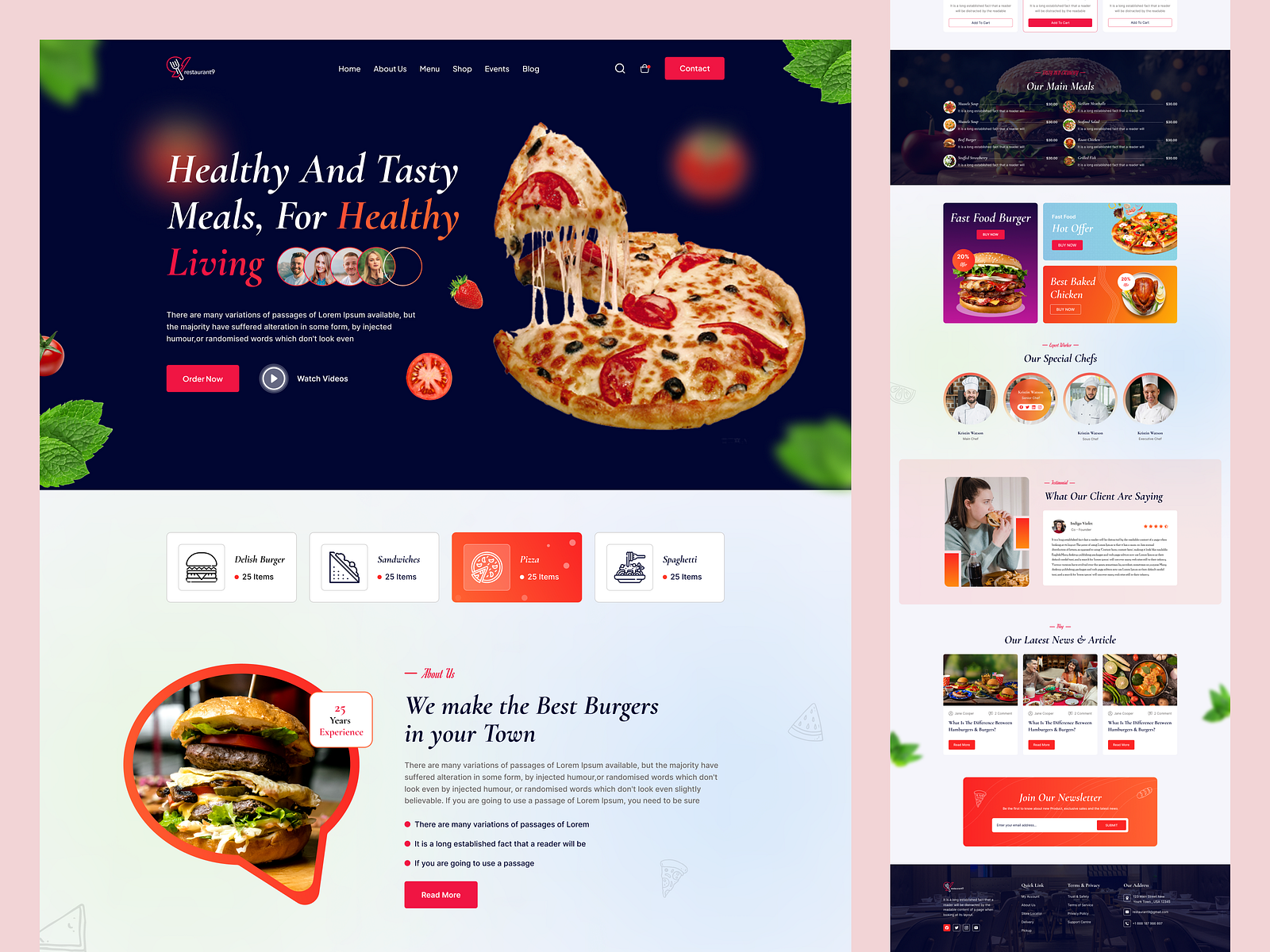Achieve Online Success With User-Friendly Web Site Design
In the increasingly affordable electronic landscape, the layout of an internet site can be a pivotal consider establishing a company's success. User-friendly style not just boosts the total customer experience however likewise affects vital metrics such as interaction, conversion, and retention prices. By focusing on instinctive navigating and access, companies can foster a more inclusive atmosphere that charms to a broader target market. Nevertheless, comprehending the certain principles and functions that add to efficient layout requires a closer examination of existing fads and ideal practices, which can disclose possibilities for considerable renovation.
Importance of User Experience
Customer experience (UX) plays a critical function in the success of a site, as it directly affects customer contentment and involvement. A favorable UX guarantees that visitors can browse the site effortlessly, access information quickly, and full wanted actions, such as signing or making a purchase up for a newsletter, without stress.
In a digital landscape where competition is fierce, an internet site that prioritizes UX can dramatically boost brand name loyalty and retention. Individuals are much more likely to go back to a site that provides a smooth experience, creating a cycle of repeat gos to and raised client lifetime value. Efficient UX style can lower bounce rates, as individuals are much less inclined to leave a site that fulfills their demands efficiently.
In addition, search engines significantly consider individual experience aspects when ranking sites. Hence, spending in individual experience is crucial for achieving long-term success in the digital marketplace.
Key Principles of User-Friendly Style
An effective straightforward style rests on several vital principles that enhance use and availability. Primarily is simplicity; a clutter-free user interface enables customers to navigate easily, lowering cognitive load. This concept emphasizes the importance of clear and succinct material, allowing users to discover details rapidly without unneeded interruptions.
Uniformity is an additional vital element. Regular use typefaces, shades, and layouts promotes familiarity and builds depend on. Users need to really feel comfy as they check out various sections of the internet site, knowing that comparable elements indicate relevant performances.
Effective typography likewise plays a vital role in easy to use layout. Readable font styles, appropriate sizes, and adequate spacing make certain that material is conveniently legible throughout different gadgets. In addition, including user-friendly aesthetic hierarchies aids users recognize key information and activities at a glimpse.

Essential Functions for Navigating
Efficient navigating is important for any type of user-friendly website, as it directly affects the general individual experience. A well-structured navigation system permits users to find information rapidly and successfully, decreasing stress and boosting engagement.
One crucial function is a instinctive and clear menu that classifies material realistically - website design copyright. This menu should be quickly accessible from every web page, frequently positioned at the leading or on the side of the website. Furthermore, incorporating breadcrumb navigating assists individuals understand their place within the site hierarchy and makes it less complicated to backtrack
Search capability is another essential component, allowing customers to find certain content without looking with multiple pages. This feature should be prominently shown and receptive to variations in input.
Moreover, a mobile-responsive layout guarantees that navigating continues to be seamless across gadgets. As mobile use remains to increase, menus must adapt to different screen dimensions without jeopardizing capability.
Finally, visual signs such as highlighting the active web page and using hover impacts can boost user interaction. By integrating these vital functions, site designers can develop a navigational experience that is not just user-friendly but additionally urges exploration and retention.
Availability Considerations
Ease of access considerations are indispensable to creating a straightforward site that provides to all people, despite their specials needs or capacities (website design copyright). Internet sites must be made to make certain that users with visual, auditory, cognitive, or motor impairments can involve with content effectively. This begins with adherence to the Web Content Availability Guidelines (WCAG), which give a framework for making digital content much more available
Key methods include the usage of descriptive alternative message for images, ensuring color contrast proportions meet access requirements, and offering subtitles for multimedia components. Furthermore, the navigating ought to be intuitive, allowing individuals to tab through web links and interactive elements conveniently. Carrying click this link out key-board navigation is vital for those incapable to utilize a mouse.
Additionally, concise and clear language enhances comprehension for individuals with cognitive constraints. Types ought to be uncomplicated, with labels and directions that are understandable. Routine accessibility screening, consisting of individual comments from people with impairments, can help recognize obstacles and improve usability.
Measuring Style Success

Individual comments surveys and use screening are critical in analyzing the performance of layout elements. These methods allow developers to gather direct input from users, identifying discomfort points and areas for improvement. Furthermore, tracking heatmaps can disclose where individuals click most frequently, helping to educate format adjustments and material prioritization.
Analytics tools play an important role in measuring design success by offering data-driven insights. For instance, Google Analytics can track user actions, exposing patterns that suggest whether the style is preventing the user or helping with journey. Ultimately, a successful site design not only fulfills site organization goals yet likewise fosters a smooth and pleasurable user experience, driving engagement and commitment over time. Consistently taking another look at these metrics makes certain that the website evolves in alignment with user demands and sector ideal methods.
Conclusion
Focusing on customer experience with simplicity, intuitive navigating, and effective responses systems not only boosts individual interaction and fulfillment yet additionally cultivates brand loyalty. Including crucial navigating functions and accessibility factors to consider better makes sure that all users can efficiently connect with the website.
Sites should be created to ensure that individuals with aesthetic, auditory, cognitive, or motor impairments can involve with material successfully.Gauging style success entails reviewing exactly how properly a website satisfies its designated goals while supplying a favorable user experience. Google Analytics can track user actions, revealing patterns that suggest whether the layout is preventing the user or facilitating trip. Ultimately, a successful web site layout not only fulfills business objectives however also cultivates a satisfying and smooth individual experience, driving interaction and commitment over time. Focusing on user experience via simplicity, intuitive navigation, and efficient feedback mechanisms not only improves individual engagement and satisfaction but also fosters brand commitment.